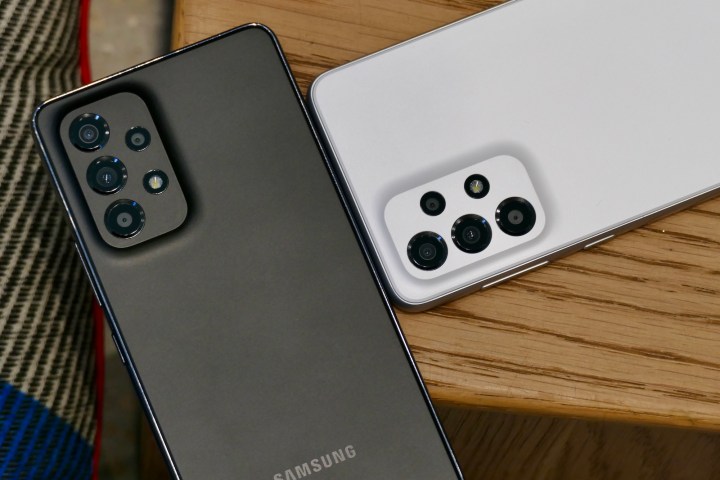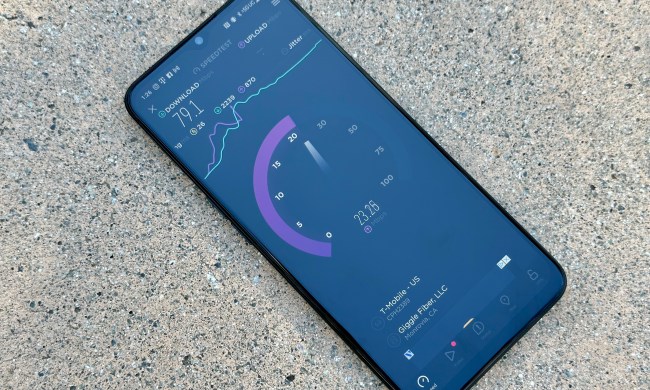Samsung revealed the Exynos 1280 a while back, but has been stingy on details ever since despite launching the Galaxy A53 5G and A33 5G with the chipset. Now, the company is finally ready to share what’s going on underneath the hood of its shiny new mobile processor. In short, the Exynos 1280 aims to bring solid 5G connection to devices in Samsung’s budget to midrange lines.
The Exynos 1280 brings a lot to the table for the devices in which it will be used. Two Cortex A78 CPUs and six A55 cores give the chipset a good deal of processing power while not being overkill for the rest of the hardware. In terms of graphics, the 1280 features a Valhall-based ARM Mali-G68 GPU and can display 120Hz at 1080p.

As cameras have become a major selling point for smartphones, Samsung has kitted the Exynos 1280 out with some of its better camera tech. It can support a 108MP sensor, but the phones it’s been used in so far don’t have cameras that can make the most out of that. It seems like a feature that will be best utilized further down the line, but it’s good to know that it’s there when more devices running on Exynos 1280 start popping up.
The technical specs are relatively impressive but outdone in many areas by a lot of Samsung’s other processors. That’s not necessarily a bad thing, however, seeing as the Exynos 1280 isn’t meant to be the company’s most powerful chipset. Instead, it’s a marked improvement from what Samsung’s midrange lines were running on previously.
According to Samsung’s specs announcement, it’s aiming to bring the high-speed luxury of 5G to “all” regardless of if they can afford its premier smartphone lines. The company hopes that mobile gamers, photographers, and content creators of all kinds will be able to make great use of the processor’s power. Our Galaxy A53 5G review praises many aspects of Samsung’s latest budget endeavors so, hopefully, the company will continue capitalizing on the Exynos 1280 with all of its future midrange hardware releases.



